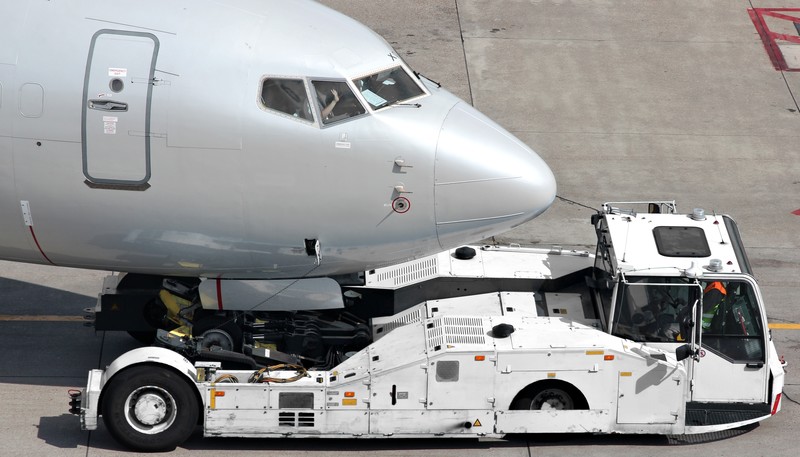
With the aviation industry under scrutiny by many environmentalists and governments for generating 2% of the world’s total carbon emissions, there are many ways to mitigate produced carbon emissions, such as in airport ground handling operations. One such technological innovation to mitigate carbon emissions in ground handling operations is the transition into electrification. Ground support equipment (GSE) is seen as important to the success of the servicing and effective turnaround of an aircraft providing services such as towing, refueling or de-icing, to name a few. Electric ground support equipment (eGSE) such as belt loaders & pushbacks has been around for decades due to its quiet & smooth operation while also being environmentally friendly and cost-effective.
Currently, there are many ground handling operations who are transitioning their fleet from internal combustion driven to electrified propulsion. In May 2016, over 22 U.S Airports were found by the National Renewable Energy Laboratory to have large eGSE projects. In the U.S, airports such as Seattle-Tacoma International Airport and Philadelphia International Airport had between 230-430 eGSEs in their fleet, with Seattle-Tacoma meeting their goal of 30% fleet-wide electrification as of 2014. In Canada, Vancouver International Airport was found to be the most motivated to transition into electrification; by 2018, over 171 units out of the 539 in the fleet were electric. Along with this, some airports have implemented a whole charging infrastructure whereby numerous eGSEs can be charged at the same time. One example is that in 2016, Birmingham Airport Authority installed 27 electric charging stations to support its new eGSE equipment such as belt loaders, pushback tractor & other eGSE equipment.
Ground Handling (GH) Operators should see purchasing and transitioning to eGSEs as an investment and not an expense. eGSEs is far more environmentally friendly, compared to internal combustion powered ground support equipment. eGSE does not produce any carbon emissions especially during idling, subsequently reducing the overall carbon emissions of the airport. This leads to an airport reducing its overall carbon footprint, while also ensuring the reduction in cost of health and wellness. The annual operations and maintenance costs of an eGSE fleet are less expensive than gas or diesel-powered vehicles, making it cost-effective.
Many ground handling operators are excited to transition into electrification because it can save up to $3000 in operational costs per vehicle annually. However, the biggest operational improvement to look forward to in the future is the widespread adoption of lithium-ion batteries instead of lead-acid batteries in eGSE. Lithium-ion performance is more consistent such as being 50% more energy efficient, while also contributing to 25% longer run times compared to lead-acid batteries, with no lead contamination & possible acid spills.
If you wish to learn more about how to grow and prosper, please contact us at www.avconww.com or info@avconww.com.
